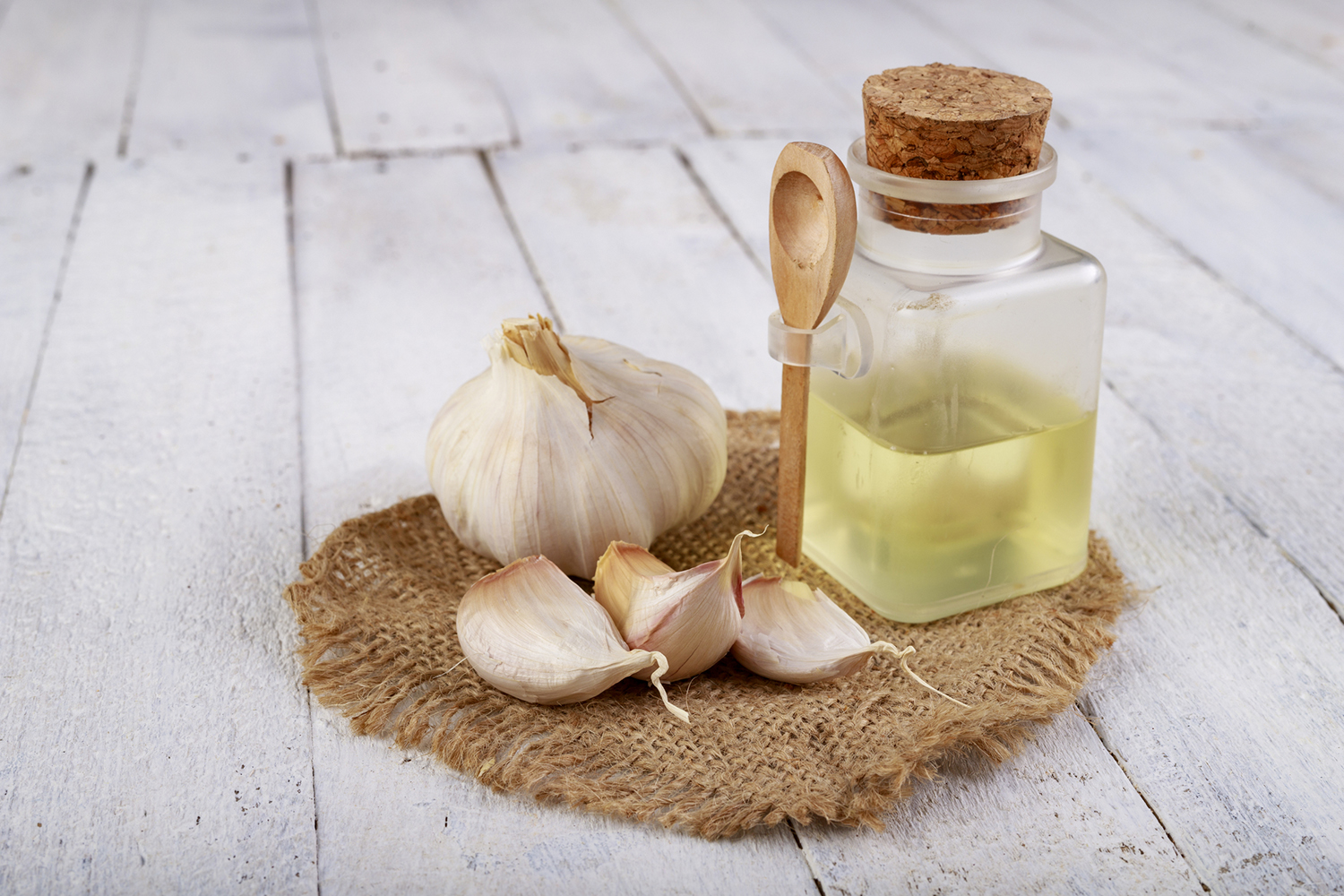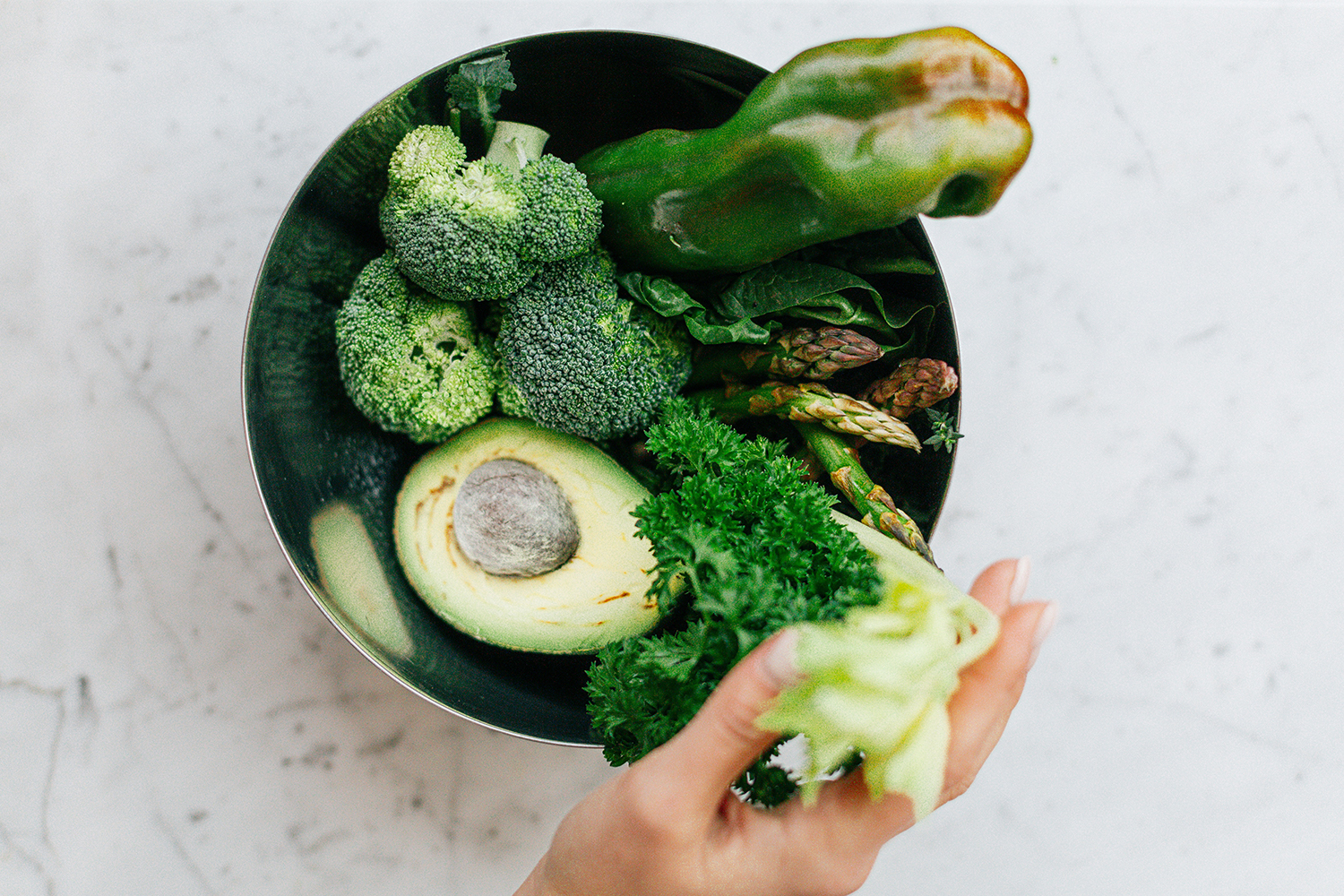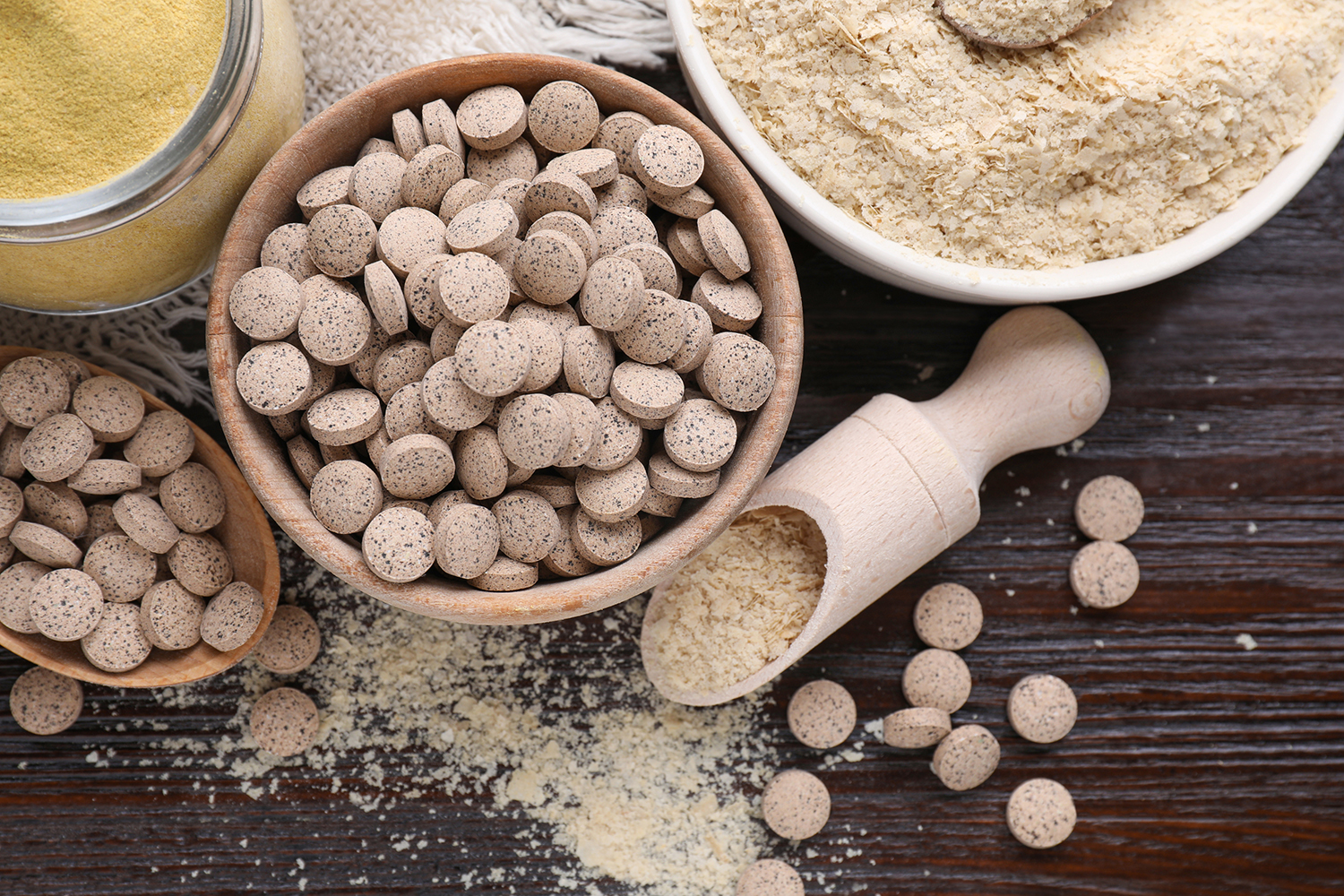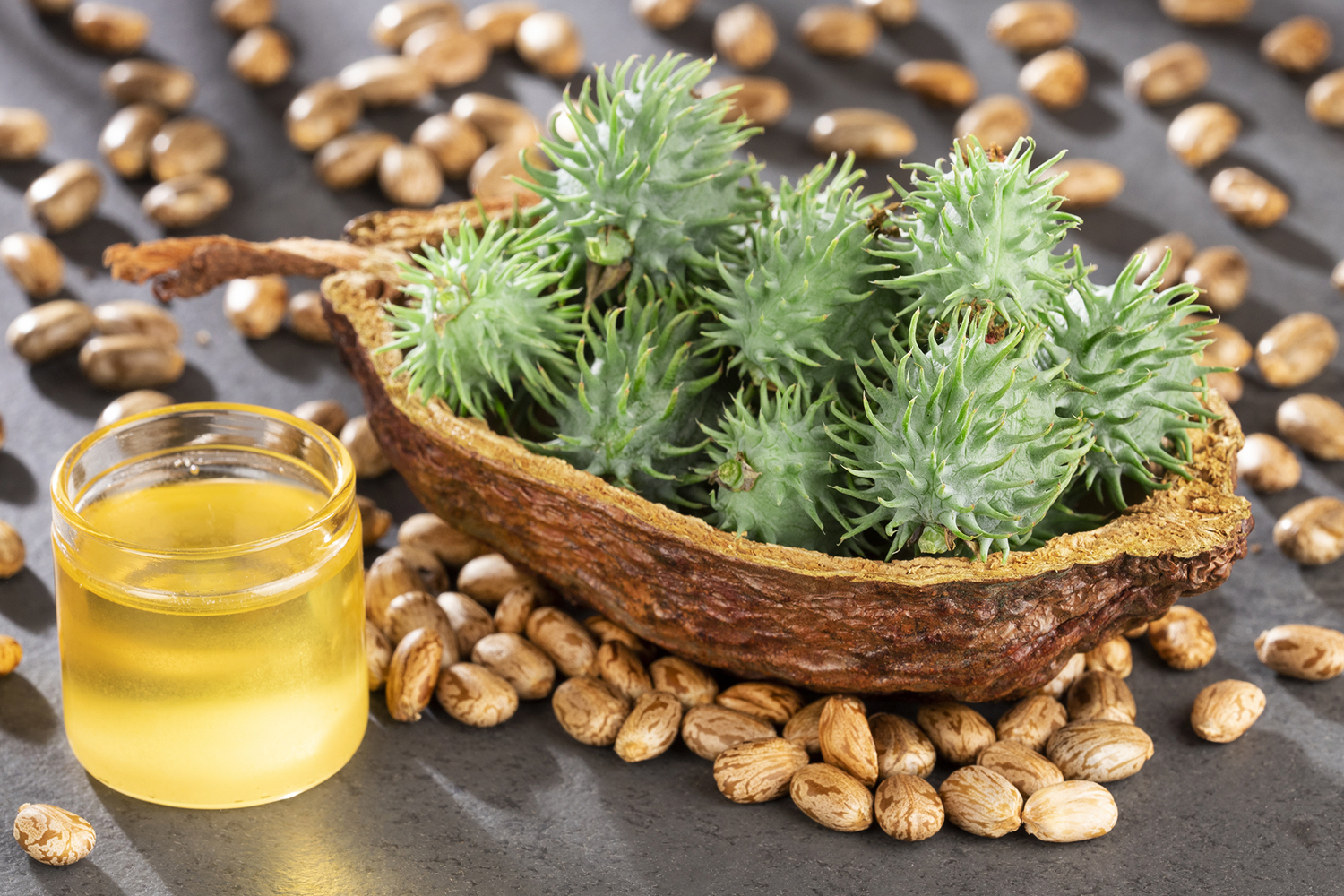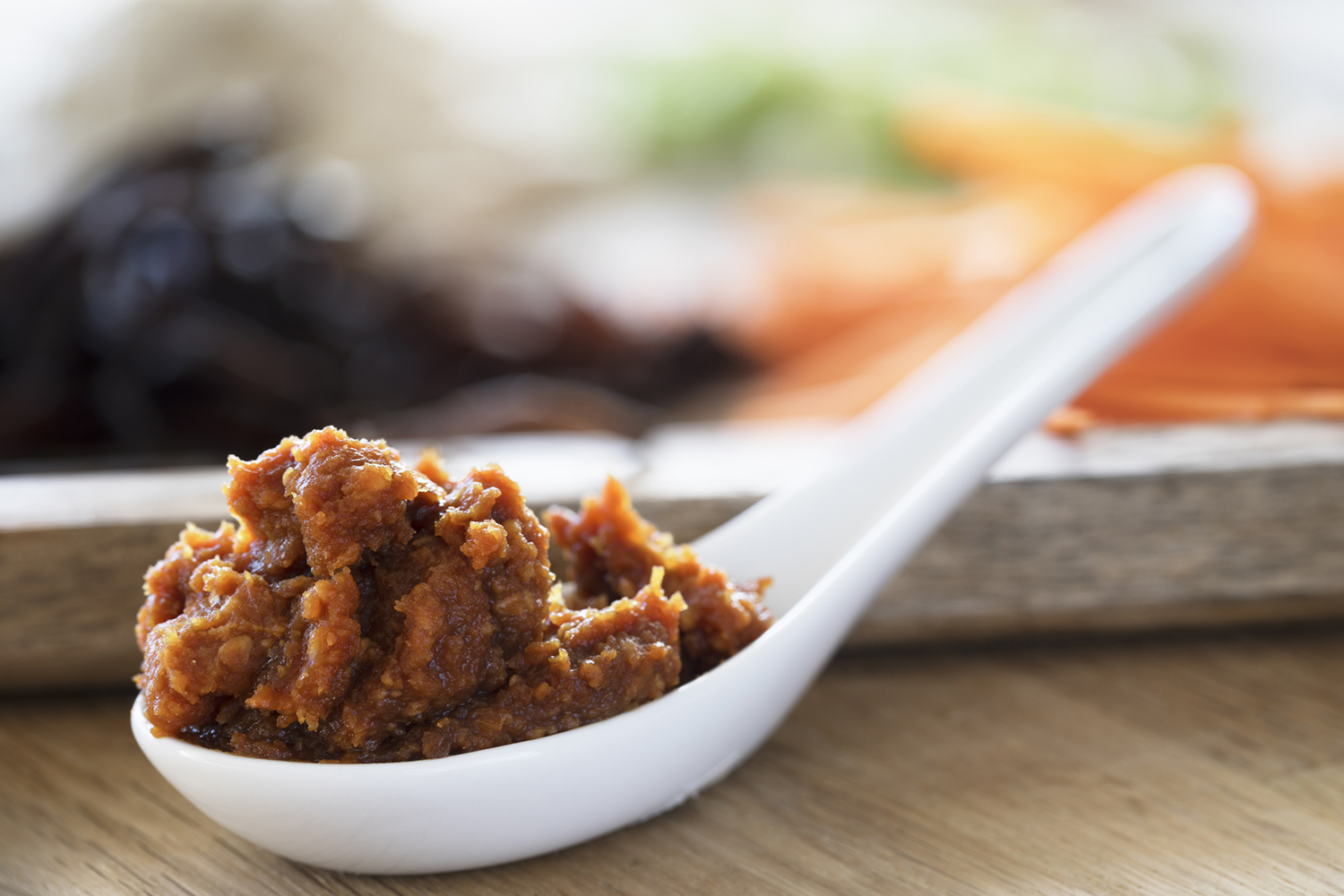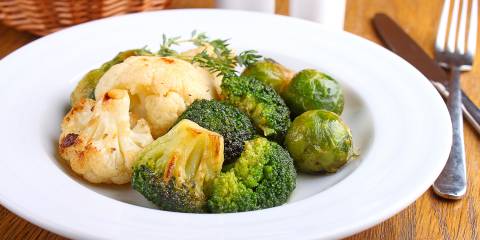For thousands of years, people have turned to tea's ability to calm and heal, and green tea’s health benefits exceed those of any other teas in your cabinet.
Benefits of Green Tea
Green tea, brewed from the unfermented dried leaves and buds of the Camellia sinensis plant, is packed with powerful healing nutrients and antioxidants that can potentially protect against cancer, heart disease, and Type 2 diabetes.
Some studies have indicated green tea can also help improve brain function and that green tea can aid in weight loss.
Antioxidants
The secret is in the leaves, which contain a powerful antioxidant compound called epigallocatechin gallate. EGCG minimizes free radicals, fights inflammation, lowers LDL cholesterol, and reduces your risk of a number of life-threatening diseases. It also has antiviral effects.
Ashley Ranaldi, ACE-certified health coach, explains: “Green tea has catechins—polyphenols (natural, plant-based substances)—full of antioxidants that scavenge the free radicals in our body. It promotes better heart health and can help decrease obesity because it has an oxidative effect on fat.”
Studies on Disease Prevention
-
Diabetes
Green tea has been shown to reduce blood sugar levels and lower the risk of developing Type 2 diabetes.
-
Heart Health
Research shows that green tea drinkers have a lower risk of developing cardiovascular disease.
-
Cancer
When it comes to preventing cancer, green tea may also help.
Research has found that women who regularly drank more than three cups of green tea a day had a lower risk of both developing breast cancer and experiencing a recurrence of breast cancer.
29 different studies found that green tea drinkers were less likely to develop colorectal cancer.
Green Tea Battles Flu
Green tea and tea extracts in supplement form protect against flu and other upper respiratory tract infections. That’s the conclusion of a study in the European Journal of Nutrition, which also supported gargling with the tea.
The authors wrote that recent pandemics involving influenza and coronaviruses “have substantially increased global interest in preventive measures against infectious diseases. Given the unpredictable nature of influenza virus, coronavirus, and other respiratory infection virus pandemics, measures aimed at reducing their impact are urgently needed.”
The study determined that higher volumes of green tea provided stronger preventive effects: three cups per day compared to one, for example.
Catechin-containing capsules produced similar effects.









